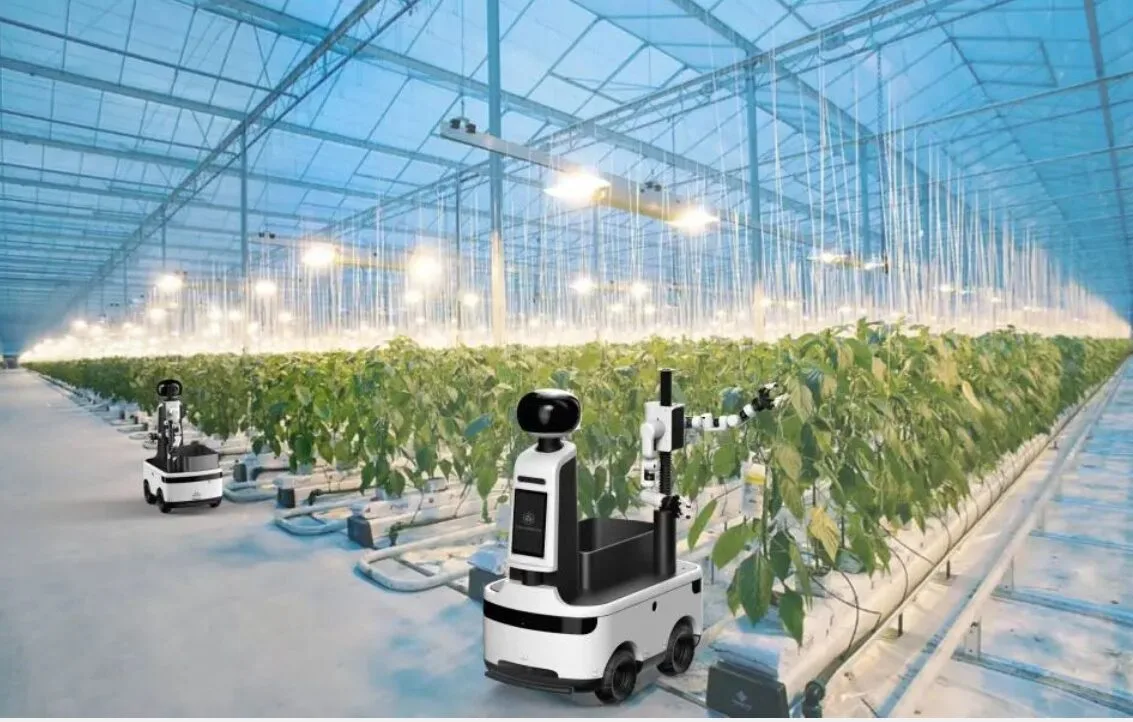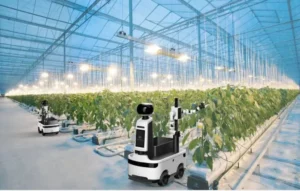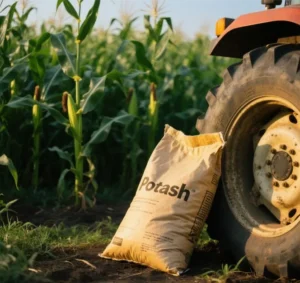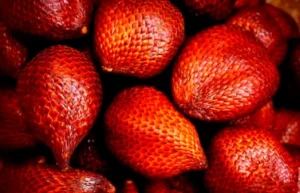Agricultural robots have proven to be invaluable tools for farmers worldwide. Since the Industrial Revolution, agriculture has become increasingly mechanized and automated. Today, artificial intelligence is taking this automation to the next level. The integration of AI with what is now termed “precision agriculture” is helping reduce inputs such as fertilizers, pesticides, herbicides, and water, while simultaneously increasing crop yields.
Aerial Agricultural Robots
Using aerial drones to monitor crops from above has become an established practice. Aerial imaging offers valuable insights into crop health and soil conditions. A widely adopted method for monitoring crop growth involves the use of Normalized Difference Vegetation Index (NDVI) maps. However, it’s not just about passively collecting data—NDVI information can be downloaded to tractors, enabling smart farming equipment to use this data to optimize fertilizer application.
There are three main types of unmanned aerial vehicles (UAVs) used in agriculture:
-
Fixed-Wing Drones: These have wings like an airplane, typically with one or two propellers. They offer longer flight times than rotor-based models, making them suitable for large farms. However, they require a smooth runway for takeoff and landing and are more challenging to pilot.
-
Rotor Drones: Equipped with multiple rotors and blades like helicopters, the most common configurations are quadcopters (four rotors) or hexacopters (six rotors). Rotor drones are easier to control than fixed-wing models, as they can take off and land vertically without a runway. They are also generally more affordable.
-
Hybrid Drones: These take off vertically and can switch to gliding mode during flight, combining the advantages of both fixed-wing and rotor drones. They promise longer flight times and ease of use but are more complex, heavier, and expensive. The technology is also less mature compared to the other two types.
Seeding and Spraying Robots
Drones used for seeding and spraying are relatively new but already commercially available. Several major agricultural equipment manufacturers now offer automated spraying and seeding drones.
In the United States, drone pilots must obtain a special waiver from the Federal Aviation Administration (FAA) to operate drones weighing more than 55 pounds at takeoff (including payload). To avoid this regulatory hurdle, many manufacturers limit their drones’ payload capacity.
Seeding drones are primarily used for cover crops—plants grown to improve soil health, limit erosion, and reduce pollution from runoff. Aerial drones are especially useful for seeding areas that are difficult to access with tractors or ground sprayers. Payload capacity is a critical factor for spraying and seeding drones, affecting tank size and spray width. Drones must also have sufficiently powerful batteries and lifting capabilities. These factors collectively determine how many acres can be covered in a single flight.
More advanced drones are supported by field stations that serve as bases. Some suppliers offer field stations with automated tank refilling and battery replacement capabilities. State-of-the-art autonomous spraying drones use radar and other sensors to avoid obstacles. While most drones are battery-powered, some use fuel, which increases their payload capacity and flight time.
Fruit and Vegetable Harvesting Robots
Harvesting robots for fruits and vegetables are still largely in the prototype stage but show great promise. The end-of-arm tooling (EoAT) varies depending on the crop. For example, peppers, with their smooth and waxy surface, are well-suited for suction-based gripping. Tomatoes are more delicate than peppers, so robots use soft-finger grippers that twist the fruit when detaching it from the plant. Strawberries are even more fragile and require extra care during harvesting. Some harvesting robots use stem cutters while holding the fruit to avoid bruising.
AI-assisted vision systems detect ripeness and plan the robotic arm’s path for picking. Some harvesters feature articulated arms mounted on wheeled bases, while others move on rails or tracks similar to military vehicles.
One particularly innovative harvesting robot uses two aerial drones connected by a power tether to a wheeled cart. The drones fly beside the cart, using computer vision to identify ripe fruit and pick it with grippers. After harvesting, the drones place the fruit into bins on the cart, which moves along while the tethered drones reposition as needed.
In nurseries, spacing potted plants is an essential but labor-intensive and time-consuming task. Ornamental shrubs and young trees are initially placed close together to maximize space. As they grow, they require more room to flourish. Autonomous mobile robots (AMRs) are also used in orchards to transport harvested fruit from picking sites to collection points. These AMRs autonomously follow human pickers, carrying trays or bins where workers can place the picked fruit. Once a bin is full, the robot moves independently to the collection area. This eliminates unnecessary walking and allows workers to focus on picking, thereby improving productivity.
Weeding Robots
In commercial agriculture, some weeding robots apply micro-doses of herbicide. These robots move autonomously along crop rows, using computer vision to distinguish between weeds and crops. When a weed is detected, a robotic actuator applies a small amount of pesticide directly to it, significantly reducing chemical usage. An alternative approach uses lasers to eliminate weeds without chemicals, making this method organic-certified.
Greenhouse Robots
Indoor farming is on the rise. Growing crops indoors offers a more controlled environment conducive to precision agriculture. A major cost in greenhouse farming is LED lighting. Today’s LEDs provide the same light intensity as incandescent bulbs with 85% less energy consumption. AI systems control lighting, temperature, CO₂ levels, and humidity, tailoring the climate to the needs of each crop.
The main drawback of indoor farming is its high energy intensity. As a result, it is economically viable only for high-value crops such as fruits and vegetables—attempting to grow wheat or grains indoors would not be profitable. However, indoor farming yields are substantially higher, making it an attractive investment for many producers.









